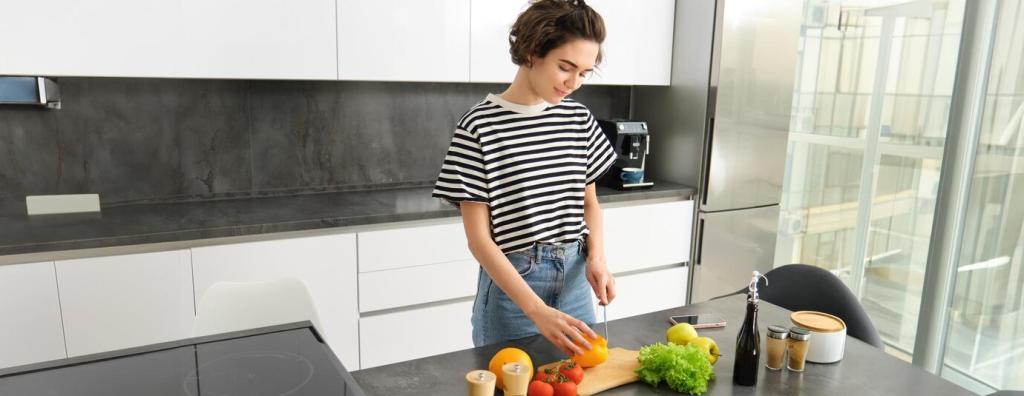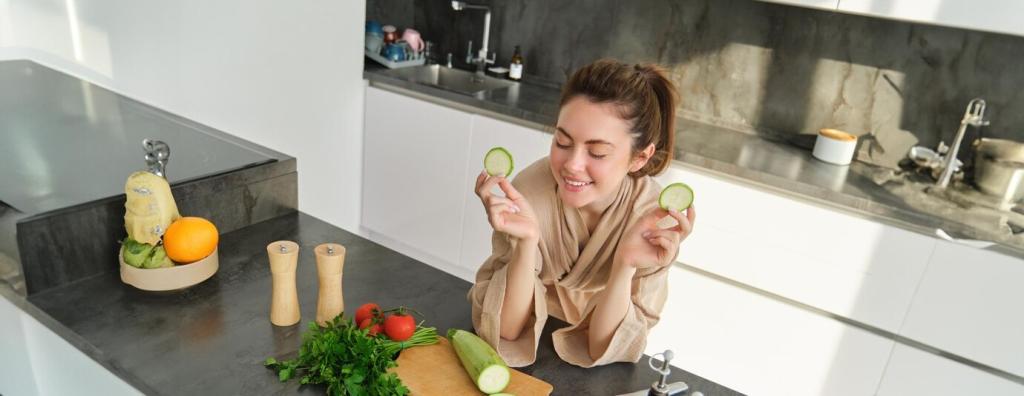Materials, Repairability, and Circular Design
Look for cabinets and components made with recycled steel or aluminum, which preserve strength while reducing embodied carbon. Powder-coated finishes resist scratches and last longer. Durable hinges, gaskets, and handles matter too because the little things often determine the real lifespan.
Materials, Repairability, and Circular Design
An appliance designed for repair has visible fasteners, accessible panels, and service documentation. Swappable heating elements, pumps, and control boards keep equipment out of landfills. Ask about parts availability and exploded diagrams, then choose models that reward maintenance rather than force premature replacement.
Materials, Repairability, and Circular Design
Longer warranties signal manufacturer confidence, but service access is just as important. A robust local repair network keeps downtime short and costs predictable. Register your appliance, log serial numbers, and bookmark manuals so maintenance becomes routine rather than a frantic search.
Materials, Repairability, and Circular Design
Lorem ipsum dolor sit amet, consectetur adipiscing elit. Ut elit tellus, luctus nec ullamcorper mattis, pulvinar dapibus leo.





